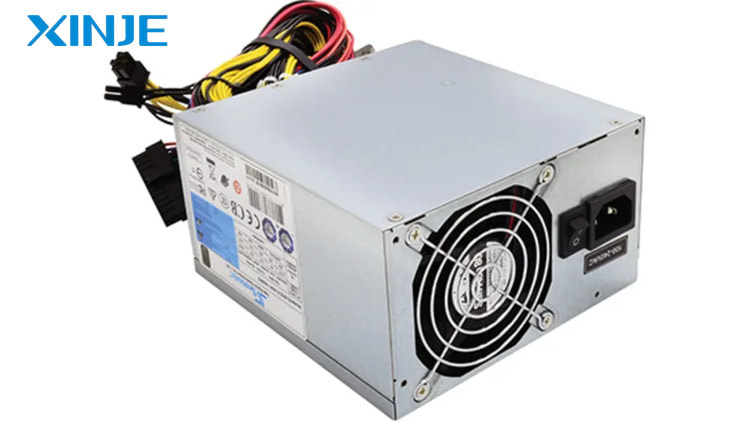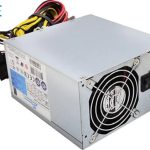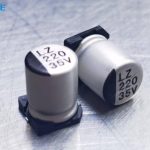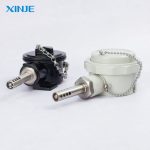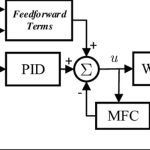In a modern servo system, Power Supply is not only a power supply device but also plays a decisive role in accuracy, stability and overall performance. Choosing the right power supply for the motor, driver and load characteristics is a vital factor in automation lines. The following article will help you understand the role of Power Supply, the popular types today, as well as the criteria for choosing the optimal power supply for the servo system.
What is Power Supply?
Power Supply is a device that converts and supplies suitable power to components in the automatic control system, especially the servo system. Depending on the requirements, Power Supply can convert AC voltage to DC, DC to DC, or adjust the voltage level to ensure stable operation for the motor and driver.
In the servo system, Power Supply plays the role of the central power source. Specifically:
- Provides accurate voltage and current to the servo drive (motor controller).
- Helps the servo motor operate accurately according to the control command from the system.
- Ensures stable current, limits noise and voltage drop when the load changes.
- Ensures performance and longevity for the entire transmission system.
What are the types of Power Supply used for Servo System?
Depending on the specifications of the servo system and actual application requirements, Power Supply can be designed in many different forms to ensure stable performance and high precision for the control process. Below are 4 common types of Power Supply commonly used in Servo Systems today:
AC-DC Power Supply
- Converts alternating current (AC) voltage from the grid to direct current (DC) voltage.
- Often used in popular servo systems, supplying power to drivers or DC motors.
Switching Power Supply
- Advantages: compact, high efficiency (up to 85–95%), low heat generation.
- Commonly used in modern servo systems thanks to its flexible voltage regulation and good anti-interference ability.
- Suitable for applications requiring precise voltage and fast response.
Linear Power Supply
- Advantages: very stable output voltage, low noise.
- Disadvantages: lower efficiency, large size, high heat dissipation.
- Suitable for servo systems with extremely high requirements for signal cleanliness, such as in medical equipment or laboratories.
Built-in Servo Drive
- Some servo drives have built-in power supplies.
- Minimize cabinet space, easy installation, and optimize costs for compact systems.
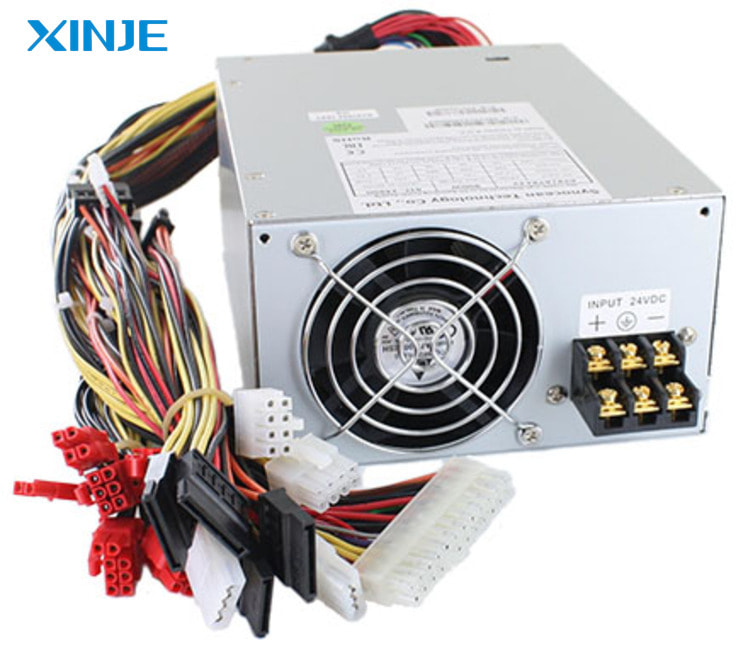

What are the advantages of using Power Supply in Servo system?
Stable and continuous power supply: A high-quality Power Supply will ensure stable power supply, correct voltage and current required for servo drive and motor. This helps the system avoid voltage drops, flickering or interruptions in operation.
- Increased control accuracy: A dedicated Power Supply helps keep the control signal “clean”, free of interference, thereby ensuring that motor movements are controlled accurately to the millisecond.
- Optimize system performance and response speed: A good power supply has the ability to respond instantly to load fluctuations, helping the servo motor accelerate or decelerate quickly without delay.
- Protect equipment from electrical problems: Many types of Power Supply today are equipped with overvoltage, overcurrent, short circuit or overheat protection. This is the first layer of protection to prevent damage to the motor, driver and related components when an electrical problem occurs.
- Electromagnetic interference (EMI) level and how to minimize it: It is necessary to choose a Power Supply with EMC certification or integrated EMI filter to reduce noise, especially in servo systems that require high precision.
- Compatibility with Servo Drive: Each driver manufacturer may require different power standards. Therefore, it is necessary to ensure that the power supply is compatible with the servo drive specifications (voltage type, frequency, connection…).
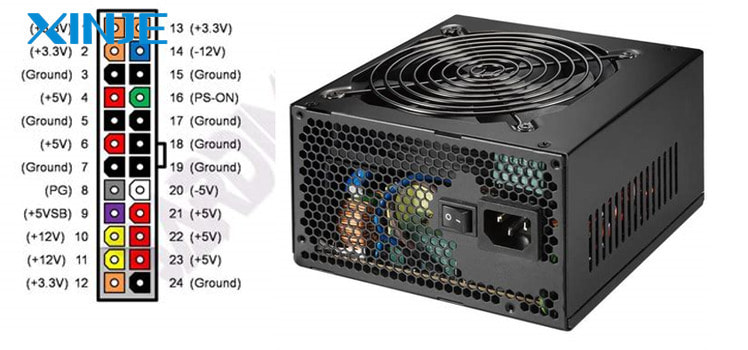

How does the Power Supply affect the performance of the Servo system?
The Power Supply is not only an “auxiliary” power supply device but also plays a decisive role in the overall performance of the servo system. Here are some important impacts:
- Drive efficiency: A powerful, stable power source helps the servo motor operate smoothly, increasing drive efficiency and reducing energy consumption. This is especially important for continuous or high-speed production lines.
- Precision of position and speed control: A stable power source helps ensure that the control signal from the servo drive to the motor is not disturbed or out of phase, helping the system maintain high accuracy in both position and speed.
- Affects the life of the motor and driver: An unstable power source (frequent voltage drops, voltage surges, and noise) increases operating temperature and causes electrical stress on components, shortening the life of the motor, drive, or causing fire or explosion.
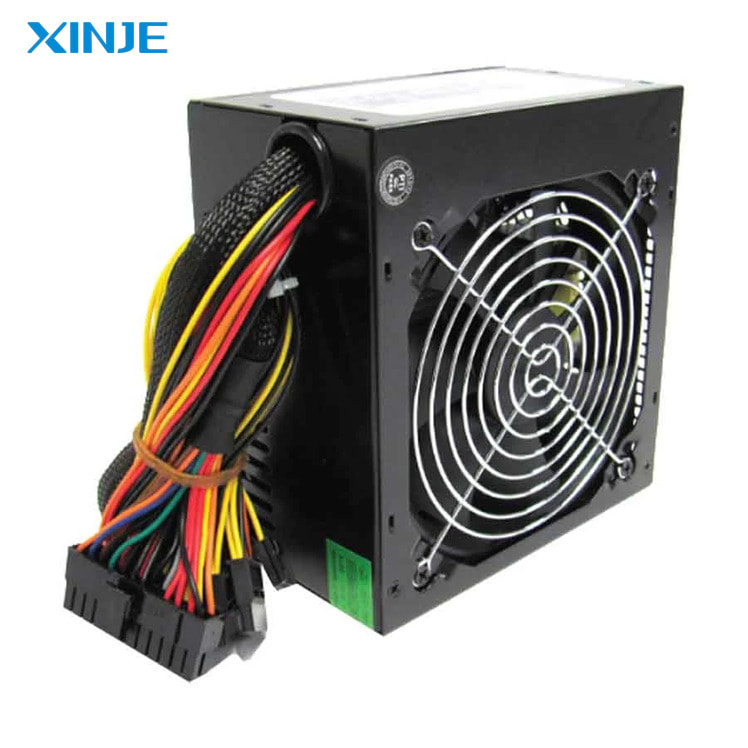

What factors should be considered when choosing a Power Supply for Servo?
Choosing the right Power Supply is a key step in the design and operation of a servo system. An incompatible or poor quality power supply can disrupt the entire control process, causing equipment damage and affecting productivity. Here are some important factors to consider:
- Required voltage and current: Each servo motor and drive has its own requirements for voltage (V) and current (A). It is necessary to ensure that the Power Supply is capable of providing the rated voltage and residual current to meet high load or start-up situations.
- Load type and motor capacity: Continuously changing loads or highly reactive loads (such as in robots or CNC machines) require fast response and stable voltage.
- Requirements for fast response, voltage stability: Servo System operates most effectively when the supply voltage is stable and responds quickly to load changes. Precision control applications (position, speed) such as printing, packaging, require a power source with high voltage regulation speed and low fluctuation.
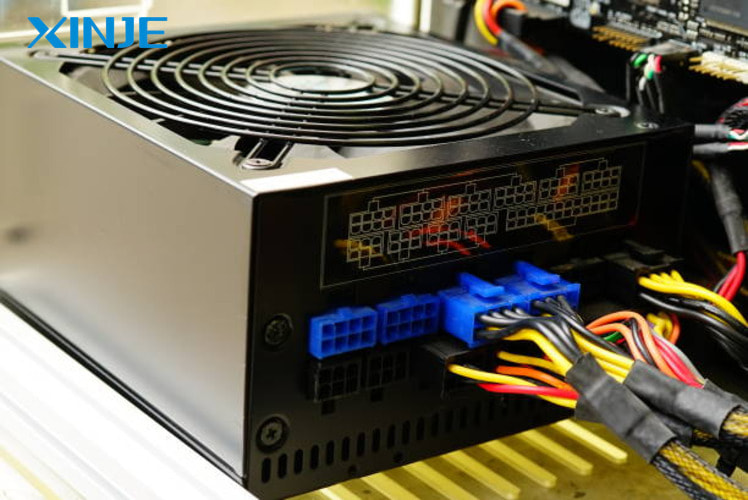

Conclusion
Power Supply is not only a simple power supply but also helps the servo system operate accurately, stably and durably. Choosing the right type of power supply suitable for motor capacity, load characteristics and control requirements will contribute to improving performance, prolonging equipment life and minimizing technical errors during operation.
With the development of industrial automation, businesses need to invest carefully right from the power supply design stage to ensure the stability of the entire system and optimize long-term costs.
If you are looking for a high-quality Power Supply solution for the servo system, please contact XINJE – a unit specializing in providing imported components and automation solutions. Our technical team is ready to advise, design and accompany businesses in each specific project.

